Home>Furniture>Bedroom Furniture>What Is The Best Wood To Use For A Bed Frame


Bedroom Furniture
What Is The Best Wood To Use For A Bed Frame
Modified: August 26, 2024
Looking for the best wood for your bed frame? Discover the top choices for bedroom furniture and create a stylish and durable centerpiece for your bedroom.
(Many of the links in this article redirect to a specific reviewed product. Your purchase of these products through affiliate links helps to generate commission for Storables.com, at no extra cost. Learn more)
Introduction
When it comes to choosing the best wood for a bed frame, there are several factors to consider. The type of wood used not only affects the durability and strength of the bed frame, but also contributes to its overall aesthetic appeal. With a wide variety of wood options available, finding the right one can seem like a daunting task.
In this article, we will explore the top ten types of wood commonly used in bed frame construction. We will delve into their unique characteristics, highlighting the advantages and disadvantages of each. By the end, you will have a comprehensive understanding of the best wood choices for your bed frame.
Whether you prefer a natural, rustic look or a sleek, modern design, there is a wood type that will suit your personal style and functional needs. Let’s explore the top ten wood options and discover which one is the best fit for your ideal bed frame.
Key Takeaways:
- Choose oak wood for a durable, versatile, and timeless bed frame that withstands wear and tear while adding warmth and character to your bedroom decor.
- Opt for teak wood for exceptional durability, stunning natural beauty, and timeless elegance, creating a luxurious and enduring centerpiece in your bedroom.
Read more: What Wood To Use For Decking Frame
Pine Wood
Pine wood is a popular choice for bed frames due to its affordability and versatility. It is a softwood that is readily available, making it accessible for a wide range of budgets. Pine has a light color with a straight grain pattern, giving it a clean and classic appearance.
One of the main advantages of pine wood is its sustainability. Pine trees are fast-growing, making it a renewable resource that doesn’t contribute significantly to deforestation. Additionally, pine wood is relatively lightweight, making it easy to move and assemble.
However, it is important to note that pine wood is not as durable as hardwood options. It is susceptible to scratches and dents, so it may not be the best choice for those who require a bed frame with exceptional longevity. However, with proper care and maintenance, a pine bed frame can still last for many years.
Another consideration with pine wood is that it has a tendency to warp and shrink over time, especially in areas with fluctuating humidity levels. This can lead to structural instability if not addressed properly. Therefore, it is crucial to ensure the pine wood is properly treated and sealed to minimize these issues.
Despite some drawbacks, pine wood offers an attractive option for those on a budget or those who prefer a lighter wood tone. Its affordability and availability make it a popular choice for both traditional and contemporary bed frame designs.
Oak Wood
Oak wood is highly regarded for its durability and strength, making it a popular choice for bed frames. It is a hardwood with a distinctive grain pattern and a natural golden hue that adds warmth and character to any bedroom.
One of the key advantages of oak wood is its exceptional longevity. It is known for its resistance to wear and tear, making it a great investment for those who want a bed frame that will stand the test of time. Oak bed frames are also less prone to warping and shrinking compared to softer woods like pine.
Another benefit of oak wood is its versatility in design. Whether you prefer a modern, minimalist style or a more ornate and traditional look, oak can be easily customized to suit your preferences. It can be stained or painted in various colors to match your bedroom decor.
Aside from its durability and versatility, oak wood is also known for its inherent beauty. The prominent grain pattern adds visual interest to the bed frame and gives it a timeless appeal. Additionally, oak wood has natural water-resistant properties, making it more resistant to damage caused by spills or moisture.
However, it is important to note that oak wood tends to be more expensive than other wood options due to its quality and durability. Additionally, oak bed frames may be heavier compared to frames made from softer woods, which might make assembly and transportation more challenging.
Overall, oak wood is an excellent choice for those seeking a bed frame that combines durability, beauty, and versatility. Its strength and longevity make it an investment that will provide years of comfort and style.
Maple Wood
Maple wood is a popular choice for those seeking a bed frame with a timeless and elegant aesthetic. It is a hardwood known for its durability and strength, making it a reliable option for long-lasting furniture.
One of the standout features of maple wood is its distinctive grain pattern. It has a smooth, even texture with a subtle, straight grain that adds a touch of sophistication to any bedroom decor. Maple bed frames are often praised for their natural beauty, as the wood’s light color lends a clean and refreshing look to the space.
In addition to its visual appeal, maple wood is also coveted for its durability. It is known for its resistance to scratches, dents, and wear, making it an ideal choice for those who want a bed frame that can withstand daily use. It is also less prone to warping and shrinking compared to softer woods.
Another advantage of maple wood is its versatility. It can be easily stained or painted in various colors, allowing you to customize the bed frame to match your bedroom’s style. Maple’s smooth surface also allows for a seamless finish, giving the bed frame a polished and refined look.
While maple wood is known for its durability, it is important to note that it can be more expensive compared to other wood options. However, the investment is often considered worthwhile due to its longevity and versatility. Additionally, maple bed frames may be heavier than those made from softer woods, which can make assembly and transportation slightly more challenging.
Overall, maple wood offers a combination of durability, elegance, and versatility, making it an excellent choice for those looking to create a sophisticated and enduring bed frame.
Walnut Wood
When it comes to luxury and sophistication, walnut wood is a top contender for bed frame materials. It is a hardwood known for its rich, dark-brown color and striking grain patterns. Walnut bed frames exude a sense of elegance and refinement, making them a focal point in any bedroom.
One of the key advantages of walnut wood is its exceptional beauty. Its deep, chocolate-brown color and swirling grain create a unique visual appeal, giving the bed frame a luxurious and sophisticated look. Each piece of walnut wood has its own distinct patterns, making every walnut bed frame a one-of-a-kind masterpiece.
In addition to its aesthetics, walnut wood is also highly durable. It is known for its strength and resistance to scratches and dents, ensuring that your bed frame remains in excellent condition for years to come. Walnut is also less prone to warping and shrinking compared to softer woods, making it a reliable choice for long-term use.
Another advantage of walnut wood is its versatility in design. It can be crafted into various styles, from sleek and modern to traditional and rustic. The natural beauty of walnut complements a wide range of bedroom decors, allowing you to create a cohesive and stylish space.
However, it is important to note that walnut wood tends to be more expensive compared to other wood options. The high-quality and limited availability contribute to its higher price point. Additionally, walnut bed frames may be heavier compared to frames made from softer woods, which can make assembly and transportation more challenging.
Overall, if you seek a bed frame that exudes luxury, elegance, and enduring beauty, walnut wood is an excellent choice. Its unique grain patterns and rich color will make a bold statement in your bedroom, creating a space that is both visually stunning and timeless.
Read more: How To Clean Wood Bed Frame
Cherry Wood
Cherry wood is highly regarded for its warm and inviting appearance, making it a popular choice for bed frames. It is a hardwood known for its reddish-brown hue that develops a rich patina over time, adding to its natural beauty.
One of the standout features of cherry wood is its unique grain pattern. It has a smooth, straight grain with occasional natural markings that give it a distinctive character. Cherry bed frames often have a timeless and classic look, making them a versatile option for various bedroom styles.
Aside from its visual appeal, cherry wood is also prized for its durability. It is a sturdy hardwood that resists scratches and dents, ensuring that your bed frame stays in excellent condition for years. Cherry wood is also known for its stability, as it is less prone to warping and shrinking compared to softer woods.
Over time, cherry wood darkens and develops a beautiful patina due to exposure to light. This aging process only enhances its natural beauty, giving your bed frame a unique and rustic charm. If you appreciate furniture that ages gracefully, a cherry wood bed frame is an excellent choice.
It is important to note that cherry wood can be more expensive compared to other wood options. The quality and aesthetic appeal contribute to its higher price point. Additionally, cherry bed frames may be heavier than frames made from softer woods, which can make assembly and transportation slightly more challenging.
In summary, cherry wood provides a warm, inviting, and timeless option for bed frames. Its rich color and unique grain pattern, along with its durability, make it an attractive choice for those seeking a bed frame that combines beauty with longevity.
When choosing wood for a bed frame, look for hardwoods like oak, maple, or cherry for durability and strength. Avoid softwoods like pine or cedar, as they may not hold up as well over time.
Mahogany Wood
Mahogany wood is renowned for its deep, reddish-brown color and its luxurious appearance, making it a prized choice for bed frames. It is a hardwood that exudes elegance and sophistication, adding a touch of opulence to any bedroom.
One of the distinctive features of mahogany wood is its rich reddish-brown hue. This color deepens over time, enhancing the natural beauty of the wood and giving it a warm and inviting look. The grain pattern of mahogany is usually straight and even, creating a smooth and polished finish.
In addition to its aesthetic appeal, mahogany wood is highly regarded for its durability and strength. It is a dense hardwood that boasts excellent resistance to scratches, dents, and wear. Mahogany bed frames are built to withstand the test of time and offer exceptional longevity.
Another advantage of mahogany wood is its natural resistance to moisture and termites. It is less prone to warping, shrinking, and rotting, making it an ideal choice for areas with high humidity levels. This makes mahogany bed frames a reliable option for long-term use.
It is important to note, however, that mahogany wood tends to be more expensive compared to other wood options due to its scarcity and high demand. The investment in a mahogany bed frame is often considered worthwhile due to its durability and exquisite beauty.
Lastly, mahogany wood is known for its workability. It can be easily shaped, carved, and polished, allowing for intricate and detailed designs. This versatility in craftsmanship makes mahogany a popular choice for those seeking a bed frame that showcases fine woodworking.
In summary, mahogany wood offers a combination of luxury, durability, and elegance that is hard to match. Its rich color, exceptional durability, and natural resistance to moisture and pests make it a top choice for those who appreciate timeless beauty in their bed frames.
Birch Wood
Birch wood is a popular choice for bed frames due to its light color and smooth, straight grain. It is a hardwood that offers a clean and contemporary look to any bedroom setting.
One of the main advantages of birch wood is its affordability. It is readily available and more budget-friendly compared to some other hardwood options. Birch bed frames provide an attractive option for those looking for a durable wood without breaking the bank.
Aside from its affordability, birch wood is also known for its strength and durability. It is a hardwood that is resistant to scratches and dents, ensuring that your bed frame stays in excellent condition over time. Birch wood is also less prone to warping and shrinking compared to softer woods like pine.
Another benefit of birch wood is its versatility. It has a light, natural color with a subtle grain pattern, making it a versatile choice for various bedroom styles. Birch bed frames can easily blend into a minimalist, Scandinavian-inspired design or add a touch of brightness to a more traditional setting.
Although birch wood is durable, it is important to note that it is not as strong as some other hardwoods. It may not be the best choice for heavier individuals or for those who require exceptional stability. However, with proper care and maintenance, birch bed frames can still provide many years of comfortable use.
In summary, birch wood offers an affordable and versatile option for bed frames. Its light color and durability make it a popular choice for those looking for a clean and contemporary look in their bedroom.
Beech Wood
Beech wood is a popular choice for bed frames due to its durability, versatility, and attractive appearance. It is a hardwood that offers a classic and timeless appeal to any bedroom décor.
One of the key advantages of beech wood is its exceptional strength and durability. It is known for its resistance to wear, scratches, and dents, making it an ideal choice for a long-lasting bed frame. Beech wood is also less prone to warping and shrinking compared to softer woods, ensuring structural stability over time.
In addition to its durability, beech wood has a distinct and appealing grain pattern. It features a fine and straight grain, with a light golden to reddish-brown color. This natural variation in color and pattern adds depth and visual interest to the bed frame, enhancing its overall aesthetic appeal.
Beech wood is also highly versatile, making it suitable for a variety of bed frame designs. It can be stained or painted in different shades, allowing you to customize the wood to match your personal style and bedroom décor. Whether you prefer a natural look or a bold statement, beech wood can be transformed to suit your taste.
Another notable advantage of beech wood is its smooth and even texture. This makes it easy to work with and offers a seamless finish to the bed frame. It can be carved, shaped, and sanded to create intricate details or clean lines, depending on your preferred design aesthetic.
However, it is important to note that beech wood might be more susceptible to humidity and moisture compared to some other hardwoods. Proper care and maintenance, such as regular cleaning and applying protective finishes, can help prevent any potential issues.
In summary, beech wood is a durable and versatile option for bed frames. Its strength, attractive grain pattern, and ease of customization make it a popular choice for those seeking a classic and timeless addition to their bedroom.
Read more: How To Refinish A Wood Bed Frame
Ash Wood
Ash wood is a highly regarded choice for bed frames due to its excellent strength, durability, and attractive grain patterns. It is a hardwood known for its light color and versatility, making it a popular option for both modern and traditional bedroom styles.
One of the standout features of ash wood is its exceptional strength and durability. It is known to be one of the strongest hardwoods available, making it a reliable choice for a long-lasting bed frame. Ash wood is resistant to wear, scratches, and dents, ensuring that your bed frame remains in excellent condition for years to come.
Ash wood also boasts an attractive grain pattern, which can vary from straight to swirling patterns. This unique grain adds visual interest to the bed frame, giving it a distinct character. The light color of ash wood ranges from pale yellow to light brown, offering a bright and airy aesthetic to the bedroom.
Furthermore, ash wood is highly versatile and can be easily stained or painted in various colors to match your preferred style. Whether you desire a natural, rustic look or a more contemporary vibe, ash wood can be customized to suit your personal taste.
Another advantage of ash wood is its workability. It is relatively easy to shape and carve, allowing for intricate and detailed designs in the bed frame. This makes ash wood an excellent option for those seeking a unique and customized piece of furniture.
It is important to note that ash wood is typically more expensive compared to some other wood options due to its strength and durability. However, the investment is often considered worthwhile as ash bed frames are built to withstand the test of time.
In summary, ash wood offers a combination of strength, durability, and attractive grain patterns, making it an excellent choice for bed frames. With its versatility and ability to be customized, ash wood can create a visually appealing centerpiece in any bedroom.
Teak Wood
Teak wood is highly regarded as one of the best choices for bed frames, known for its exceptional durability, strength, and stunning natural beauty. It is a hardwood that offers a timeless and luxurious appeal to any bedroom setting.
One of the standout features of teak wood is its remarkable durability and resistance to weathering and decay. Teak is naturally rich in oils and resins, which protect it from moisture, rot, and pests. This makes teak bed frames highly suitable for both indoor and outdoor use.
In addition to its exceptional durability, teak wood offers a stunning visual appeal. It features a warm, golden-brown color when freshly cut, which over time matures into an elegant silver-gray patina. The unique grain pattern of teak wood adds to its natural beauty, providing a sense of depth and character to the bed frame.
Another advantage of teak wood is its strength and stability. It is a hardwood with excellent dimensional stability, which means it is less prone to warping, twisting, or shrinking. This ensures that your teak bed frame remains structurally sound and visually appealing for many years.
Teak wood is also highly versatile and lends itself to various design styles. Whether you prefer a modern and minimalist aesthetic or a more classic and ornate look, teak wood can be customized to suit your desired style. It can be left in its natural state to showcase its rich colors or finished with oils and sealants to enhance its beauty.
It is important to note that teak wood tends to be more expensive compared to other wood options due to its premium quality and scarcity. However, the investment in a teak bed frame is often considered worthwhile due to its exceptional durability, stunning appearance, and long lifespan.
In summary, teak wood is an excellent choice for those seeking a bed frame that combines durability, natural beauty, and timeless elegance. Its remarkable strength, resistance to decay, and versatility make it a top choice for creating a luxurious and enduring centerpiece in your bedroom.
Conclusion
Choosing the best wood for a bed frame is an important decision that combines both practicality and aesthetics. Each type of wood has its unique characteristics, advantages, and considerations to keep in mind. Whether you prioritize affordability, durability, or a specific aesthetic appeal, there is a wood option that will suit your needs and preferences.
Pine wood offers affordability and accessibility, making it a popular choice for those on a budget. Oak wood boasts exceptional durability and a classic look that stands the test of time. Maple wood provides elegance and versatility, with its smooth grain and natural beauty. Walnut wood exudes luxury and richness, adding a touch of sophistication to any bedroom.
Cherry wood offers a warm and inviting appeal, with its rich color and timeless grain pattern. Mahogany wood showcases opulence and durability, with its deep, reddish-brown hue and exceptional strength. Birch wood provides a clean and contemporary look at an affordable price point.
Beech wood offers durability, versatility, and an attractive grain pattern, making it a reliable and versatile choice. Ash wood combines strength, aesthetics, and workability, resulting in a bed frame that adds character and style to your space. Teak wood stands out with its exceptional durability, stunning visual appeal, and resistance to decay.
Ultimately, the best wood for a bed frame depends on your personal preferences, budget, and the overall style you want to achieve in your bedroom. Consider factors like durability, grain pattern, color, and cost when choosing the wood that suits your needs the best.
Remember, no matter which wood you choose, proper care and maintenance can further enhance the longevity and beauty of your bed frame. Regular cleaning, polishing, and protecting the wood with appropriate finishes will help ensure its durability and longevity.
In conclusion, selecting the right wood for your bed frame involves balancing your desired style with practical considerations. The wide range of wood options available offers something for everyone, allowing you to create a beautiful and functional bed frame that suits your personal taste and enhances your bedroom ambiance.
Frequently Asked Questions about What Is The Best Wood To Use For A Bed Frame
Was this page helpful?
At Storables.com, we guarantee accurate and reliable information. Our content, validated by Expert Board Contributors, is crafted following stringent Editorial Policies. We're committed to providing you with well-researched, expert-backed insights for all your informational needs.
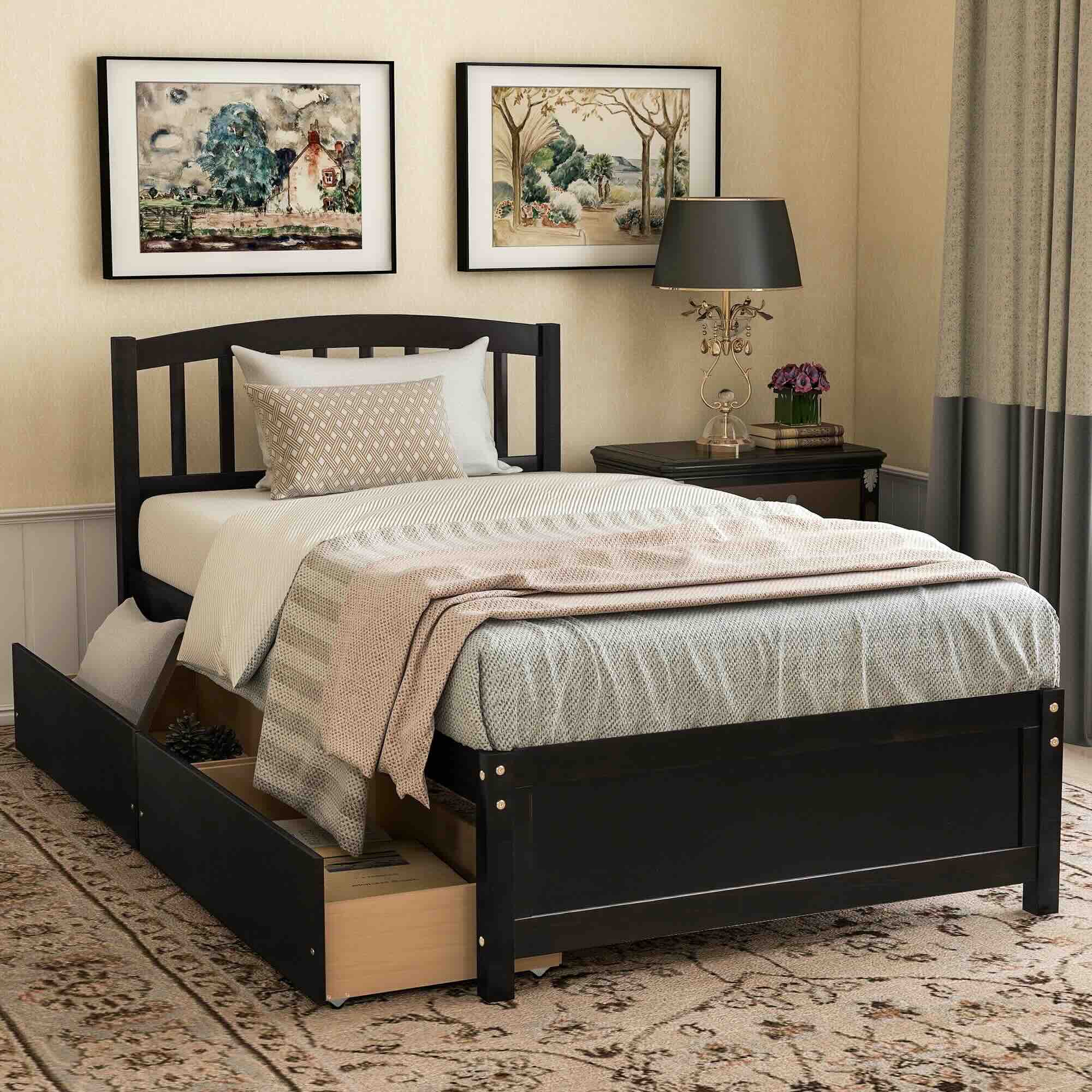
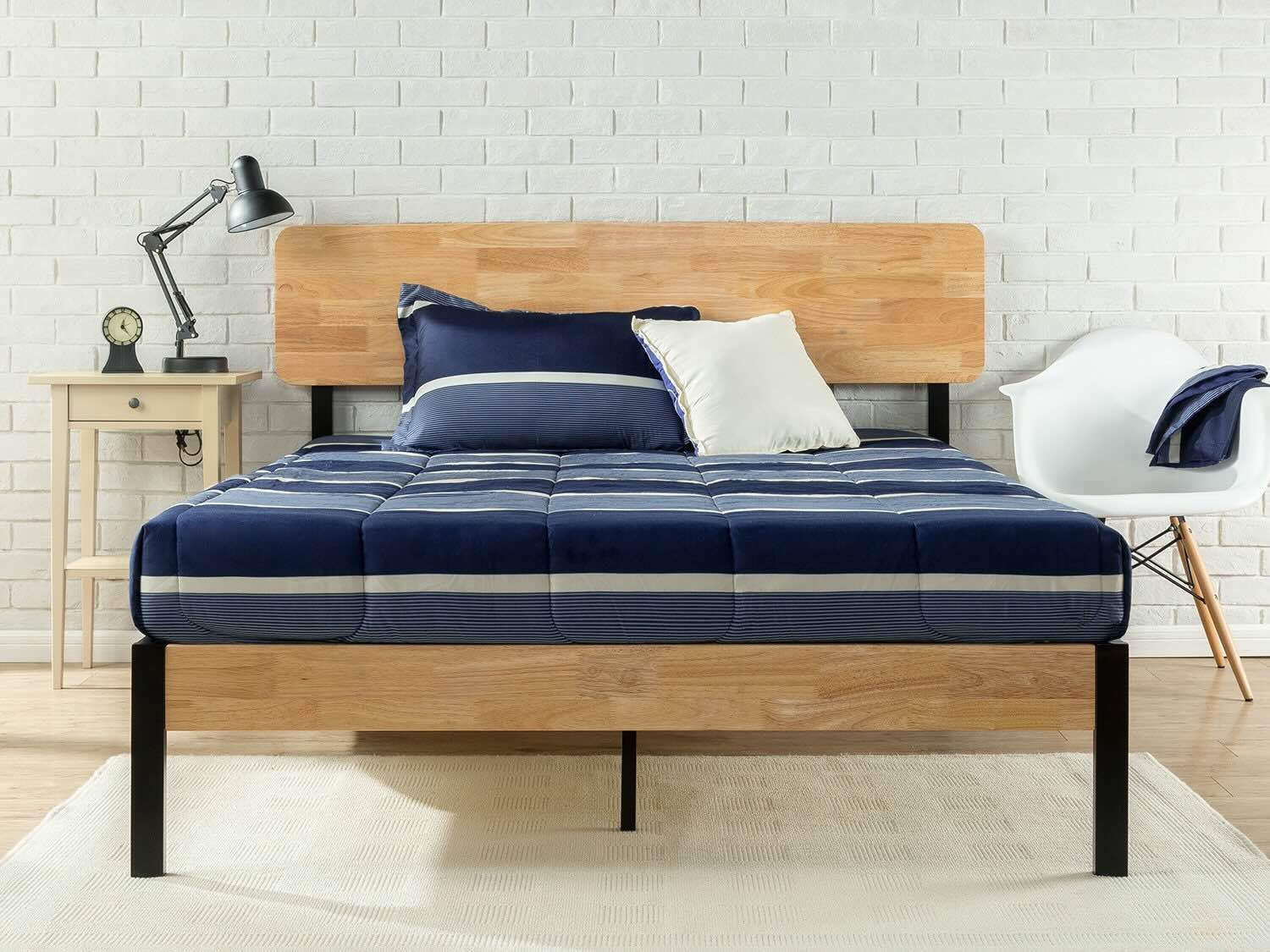
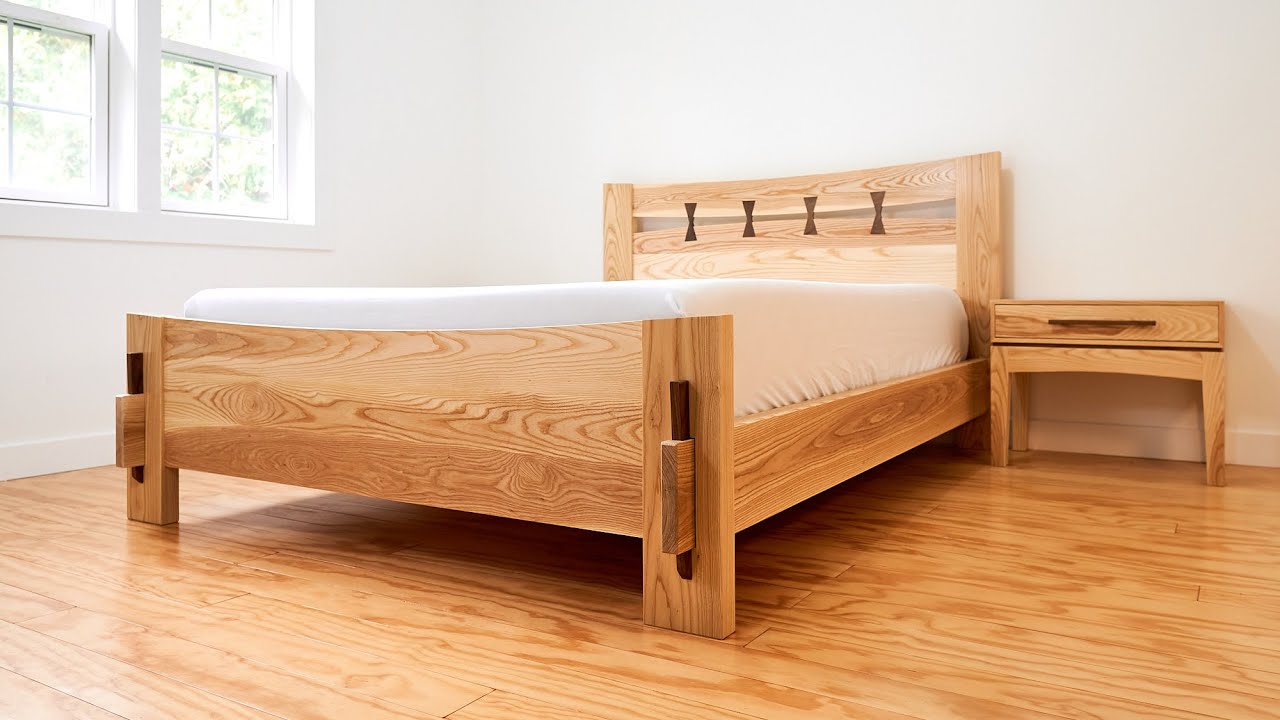
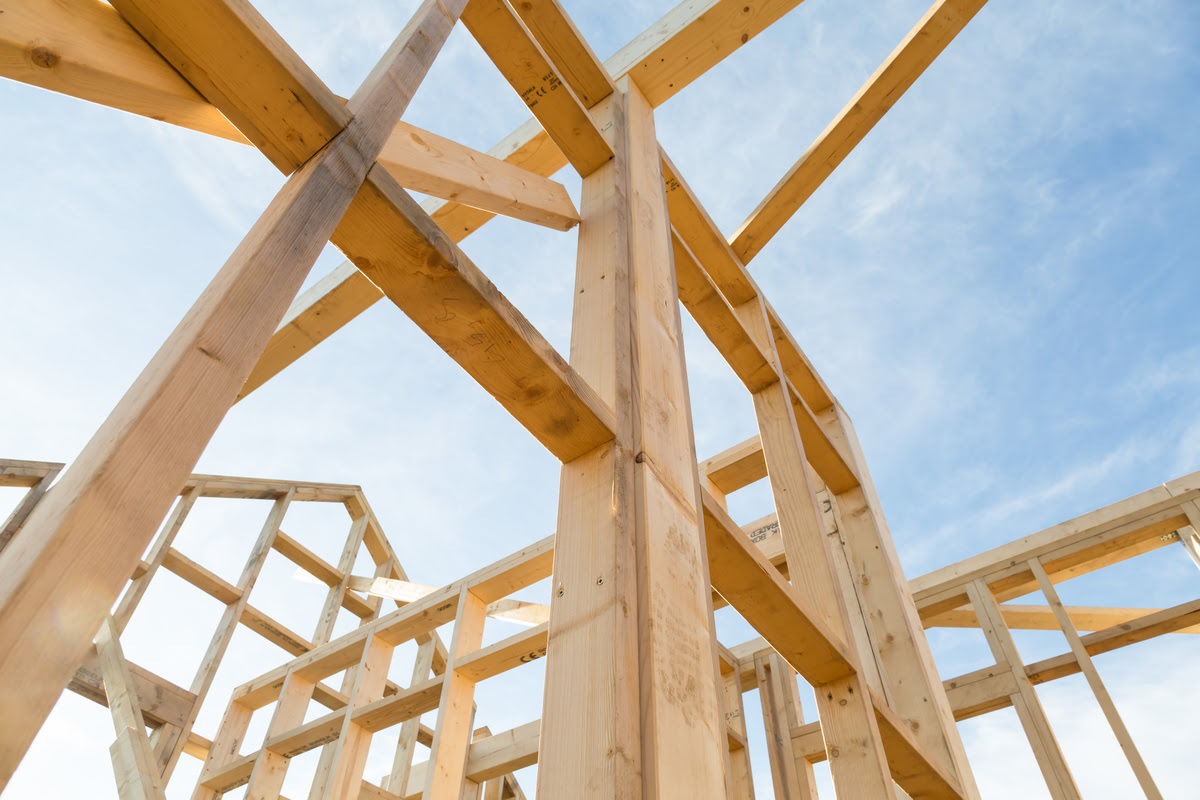
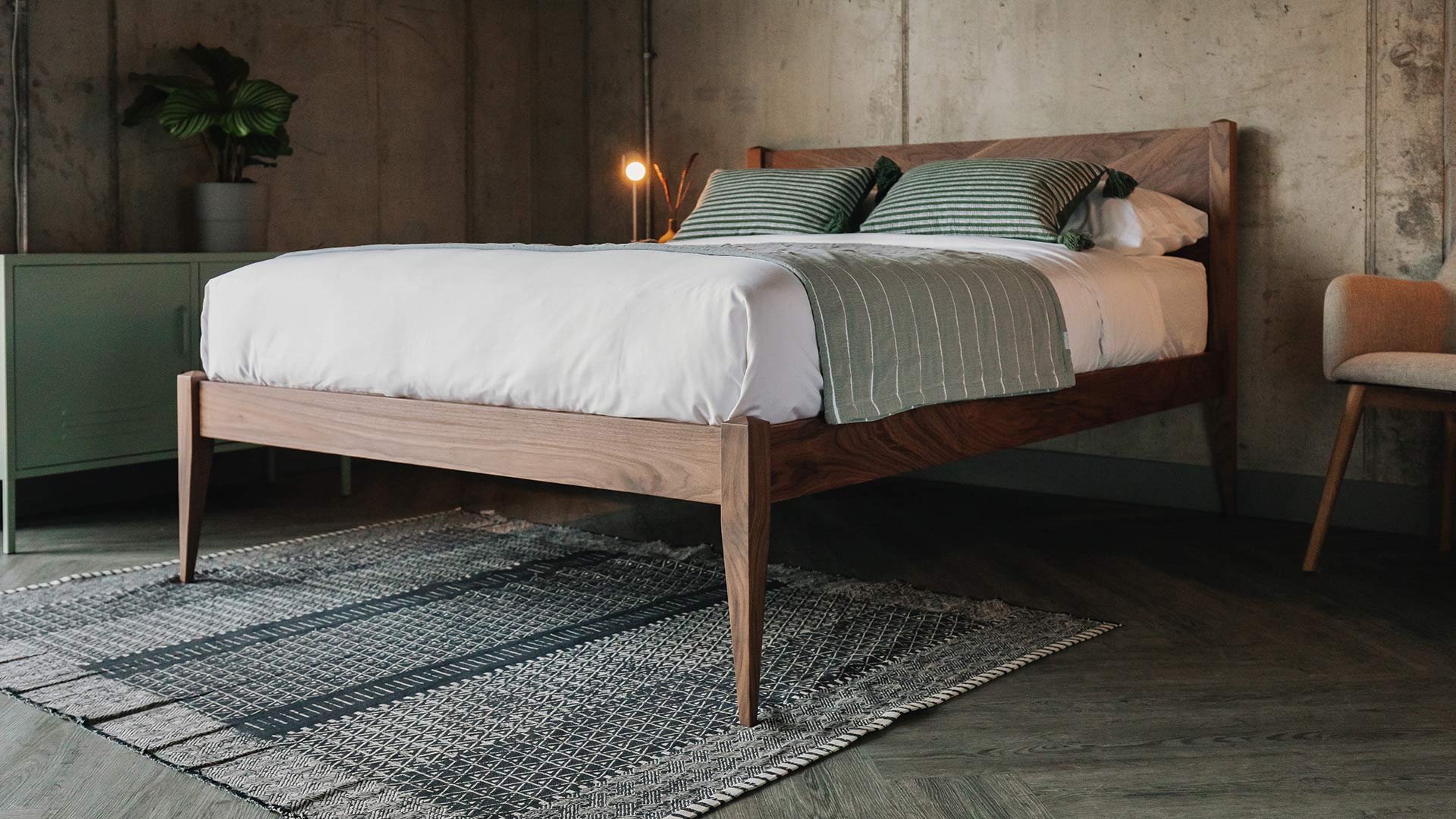
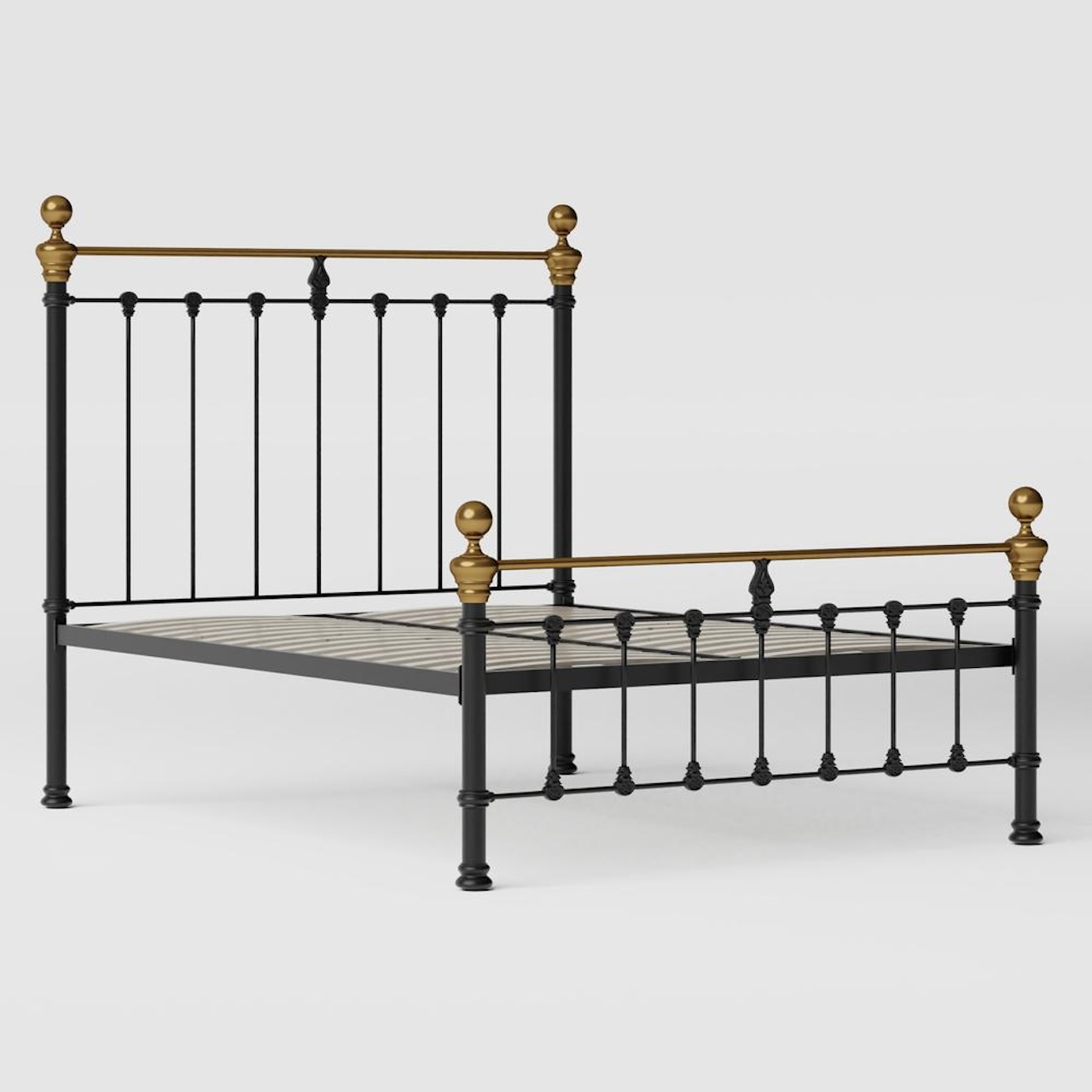
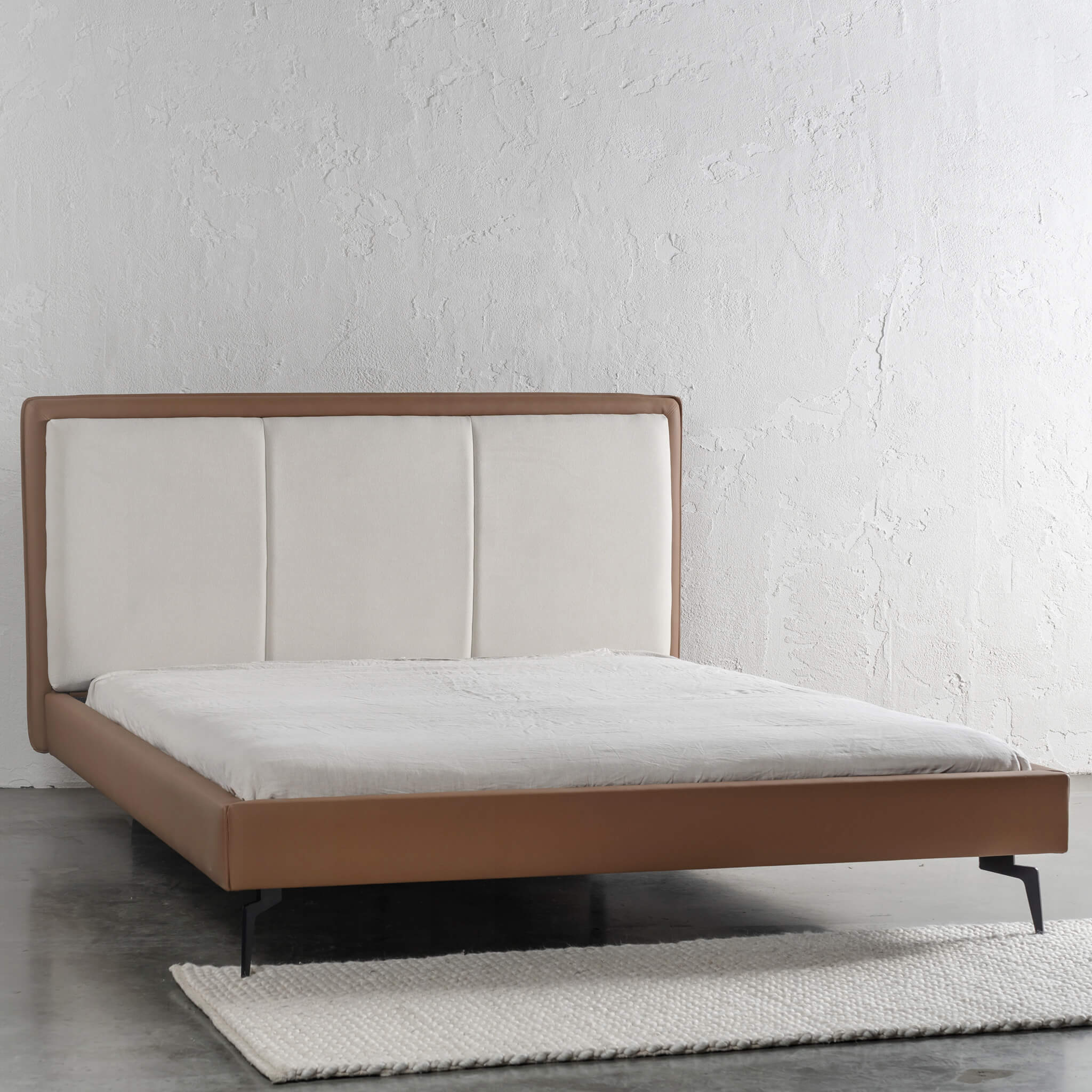
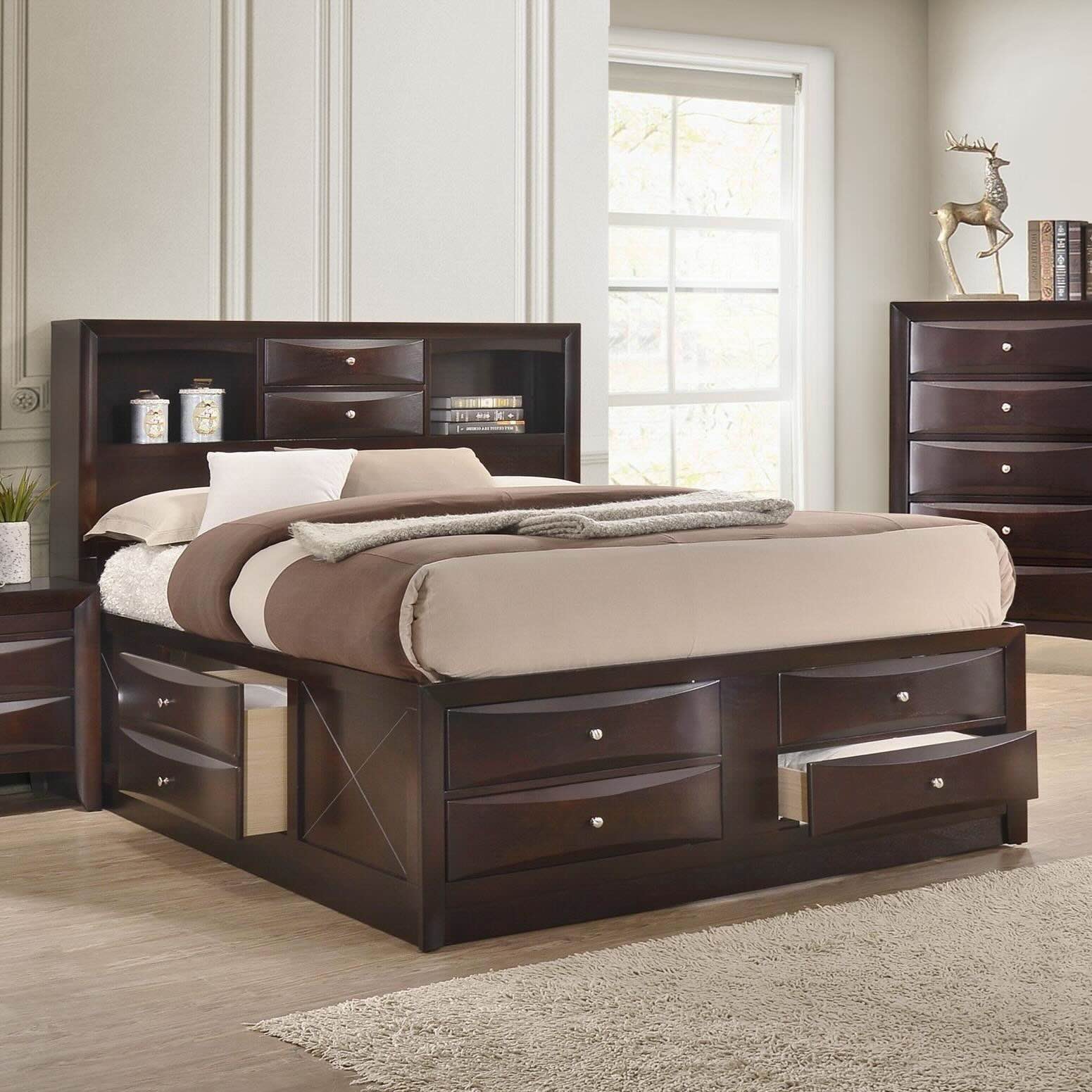
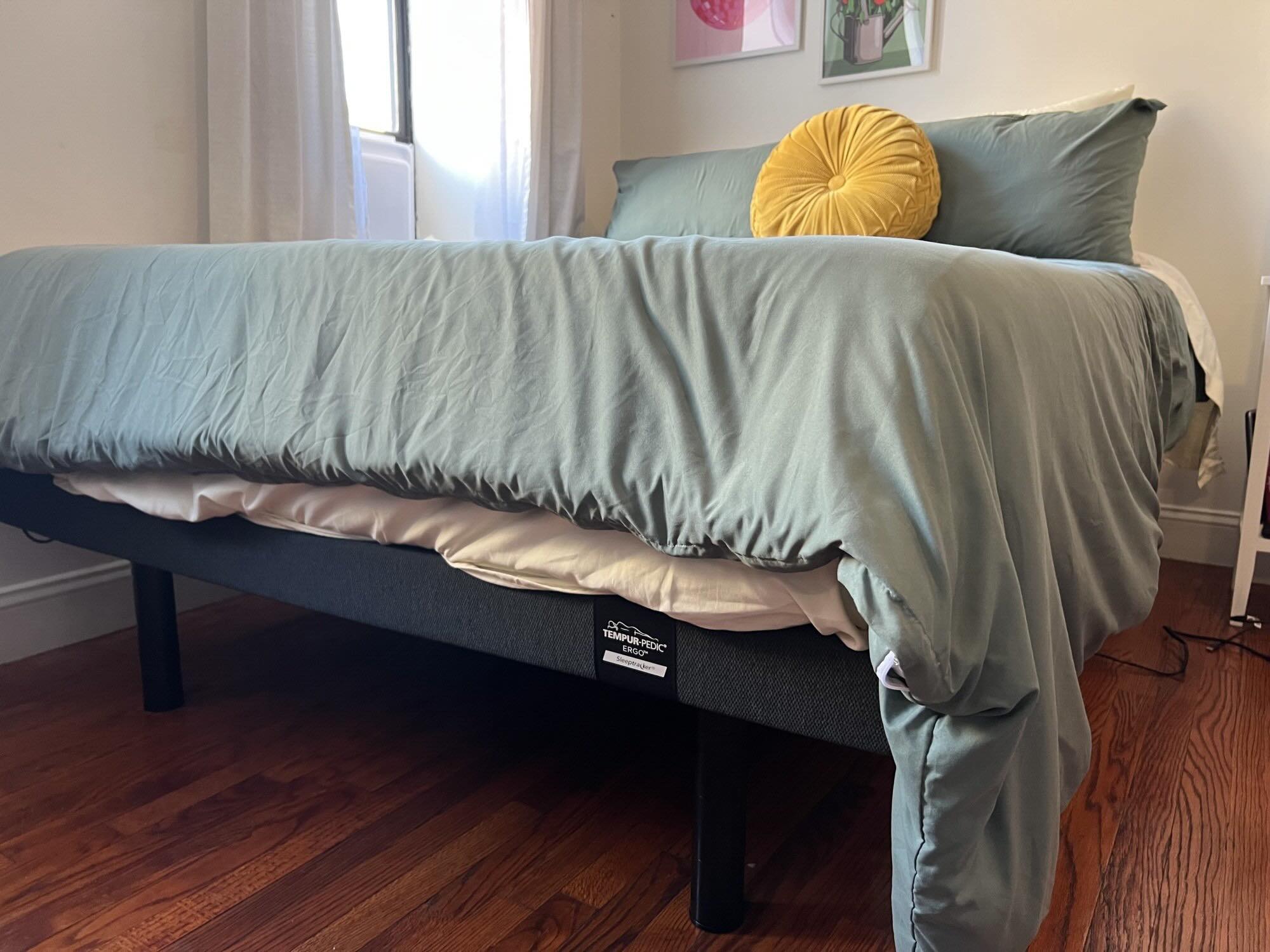
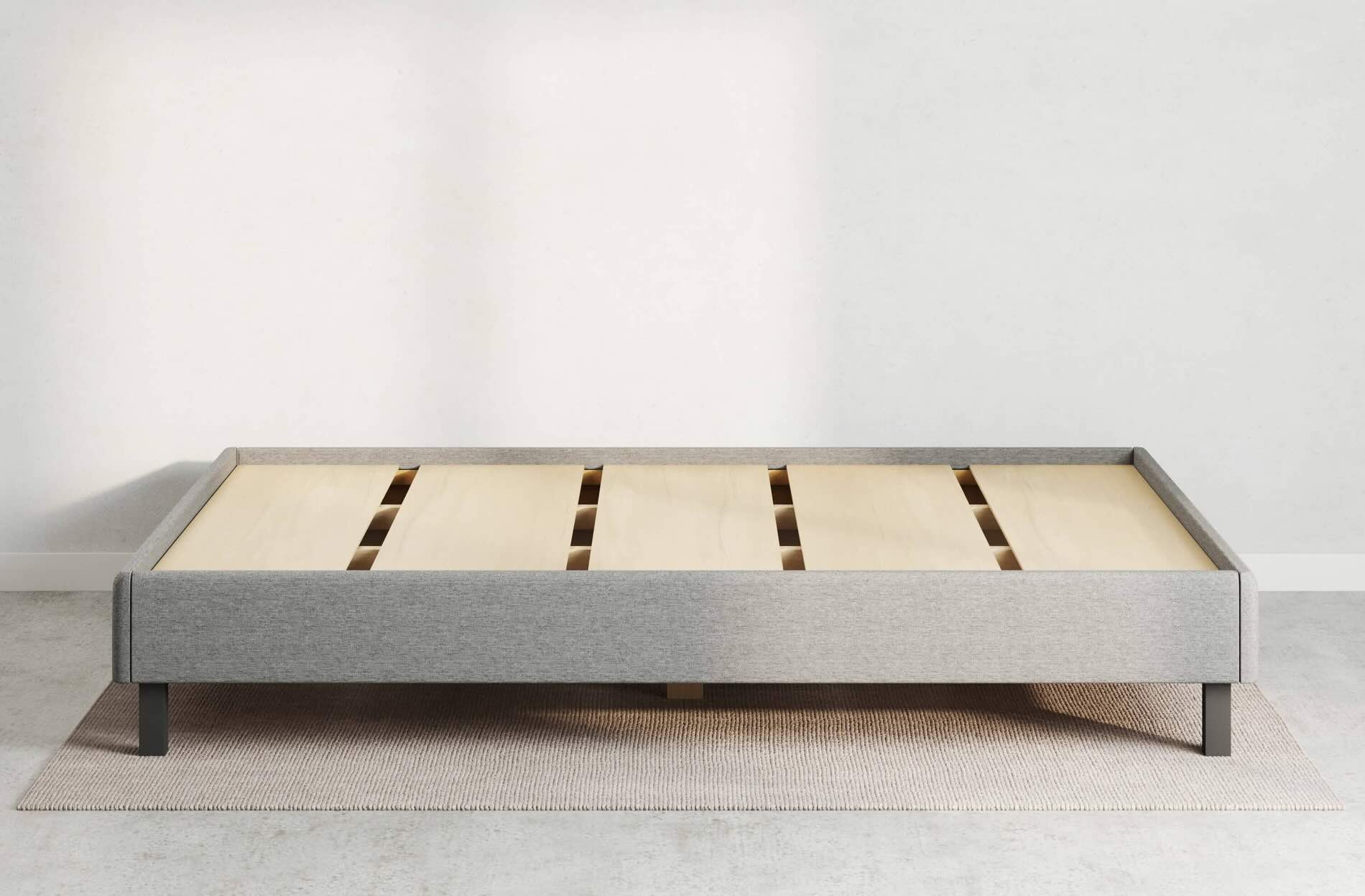
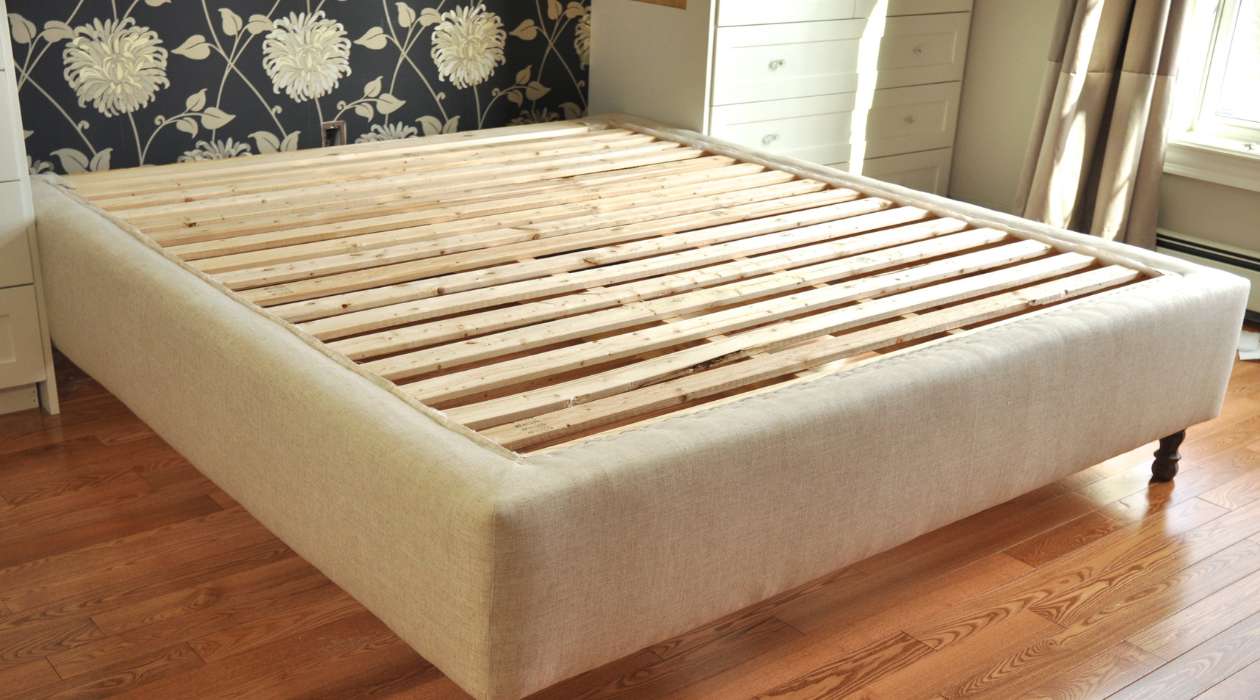

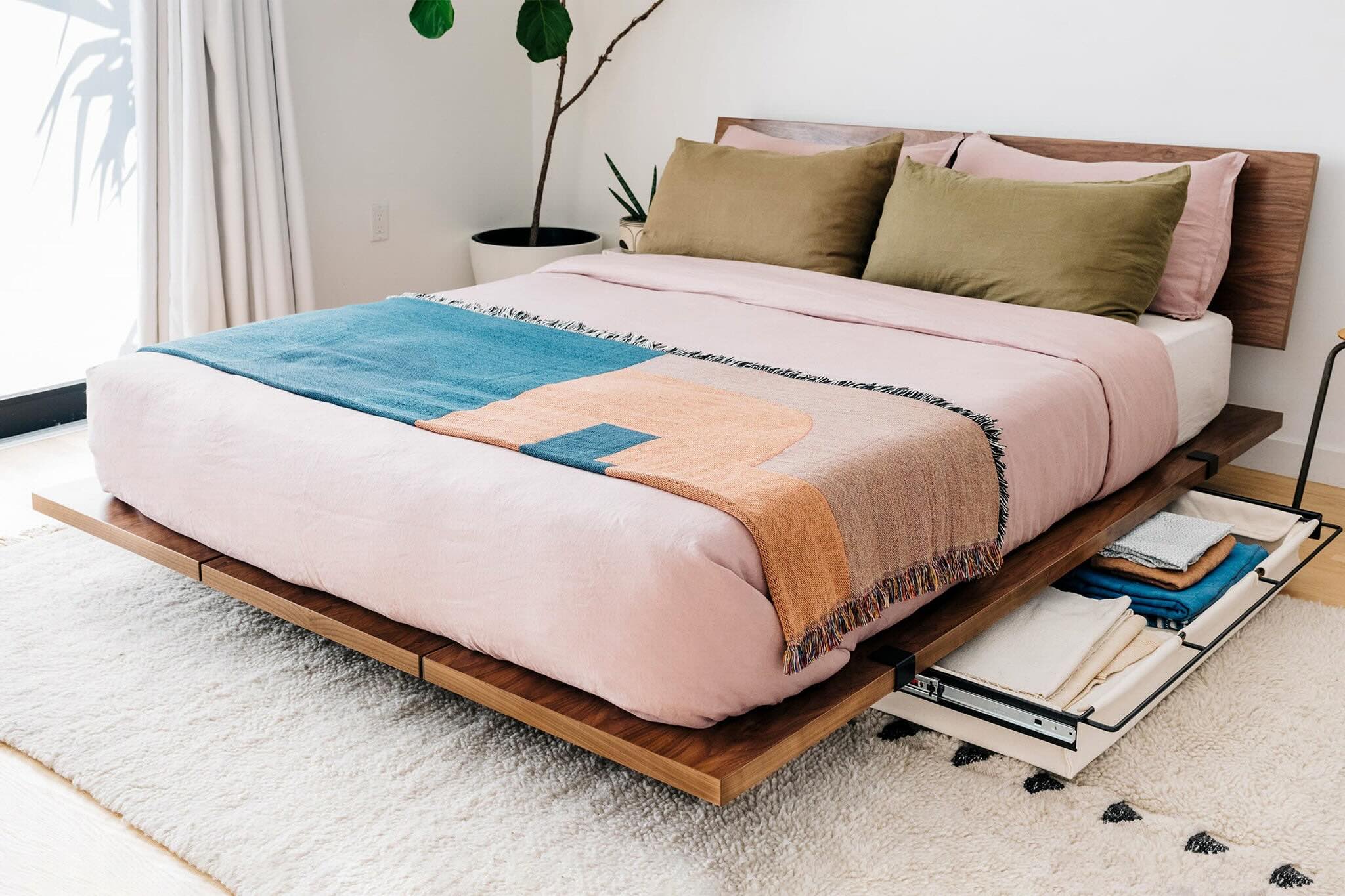

0 thoughts on “What Is The Best Wood To Use For A Bed Frame”